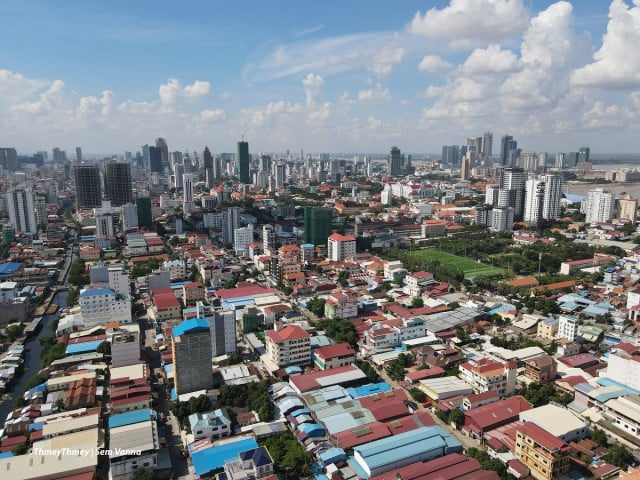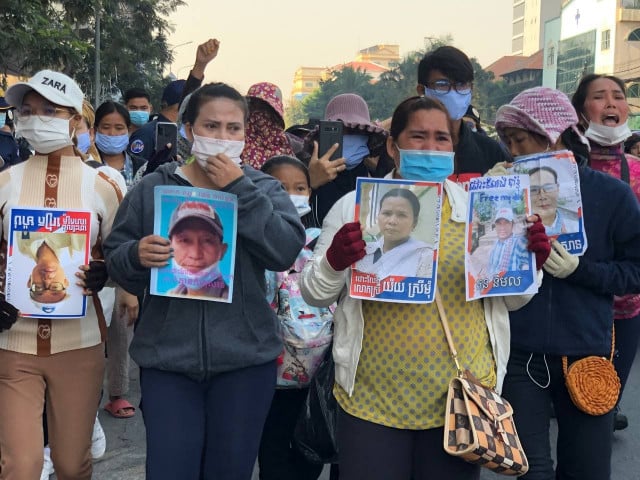Simas at Cambodian Pagodas: Nature and Function

- By Po Sakun
- December 31, 2023 5:00 PM
PHNOM PENH — In the Cambodian context of Theravada Buddhism, a vihara at a pagoda must be delimited with simas, which can come in various forms, before it is considered worthy of being a space dedicated to the daily activities of Buddhist monks and their followers.
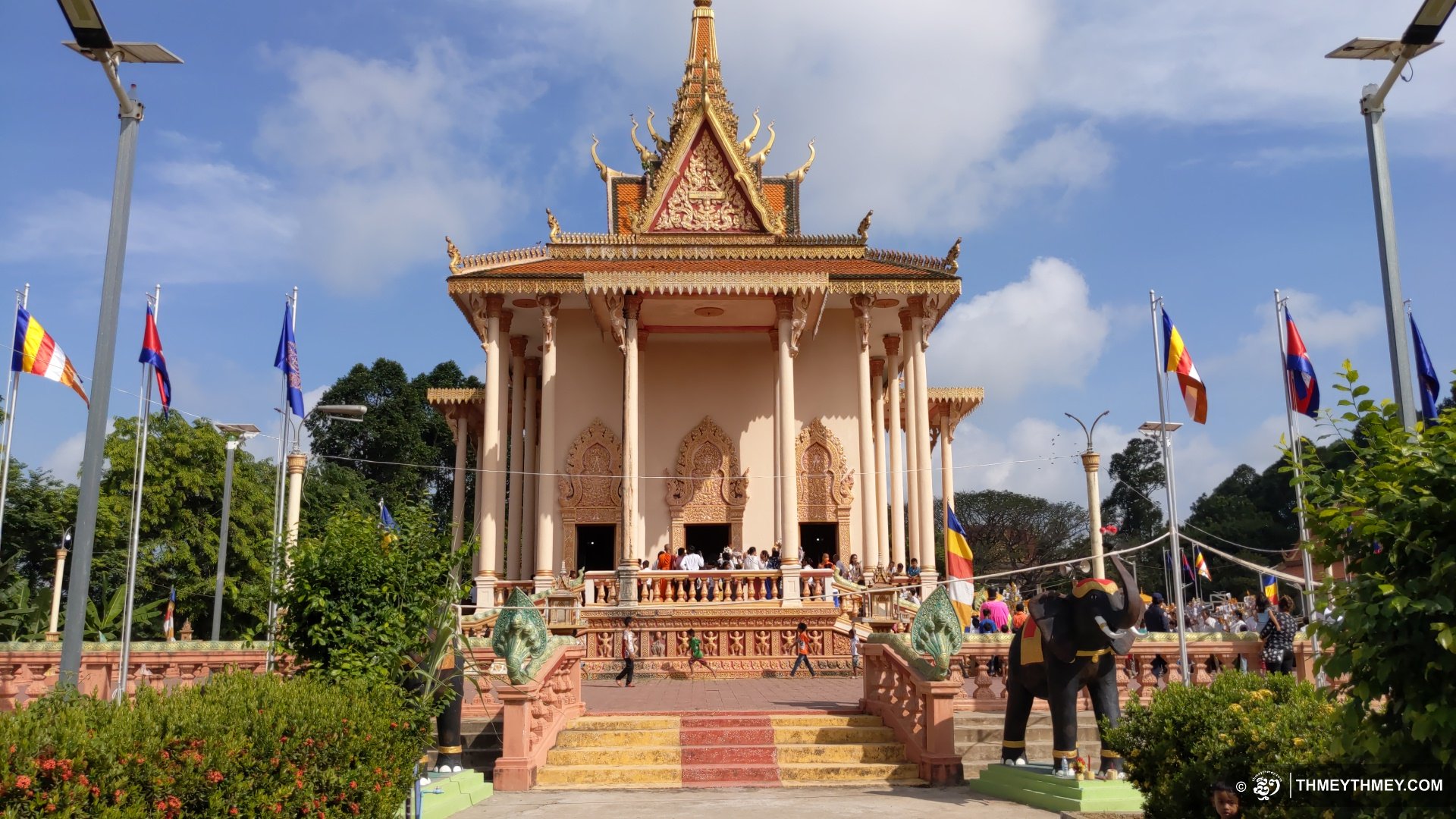
As Pith Tara, an archaeology student at the Royal University of Fine Arts in Phnom Penh, explained during an interview, in Southeast Asia, one of the earliest known practices of using stones for demarcation was to create viharas.
Tara has been conducting research on simas in the country as part of the work for his thesis. As he explained, the construction of pagodas is believed to have accelerated after the Angkorian era considered to have ended in 1431.
Simas can take different forms and be objects or places including stones, woods, roads, mounds, forests, streams or even mountains, Tara said. At times, a combination of these objects and places are used together to set boundaries. If they are wood or stone objects, they come in different sizes and shapes, can be plain or adorned with sculptures, he said. A sima can be in the shape of a leaf, a rectangle, a circle or be of irregular shape.
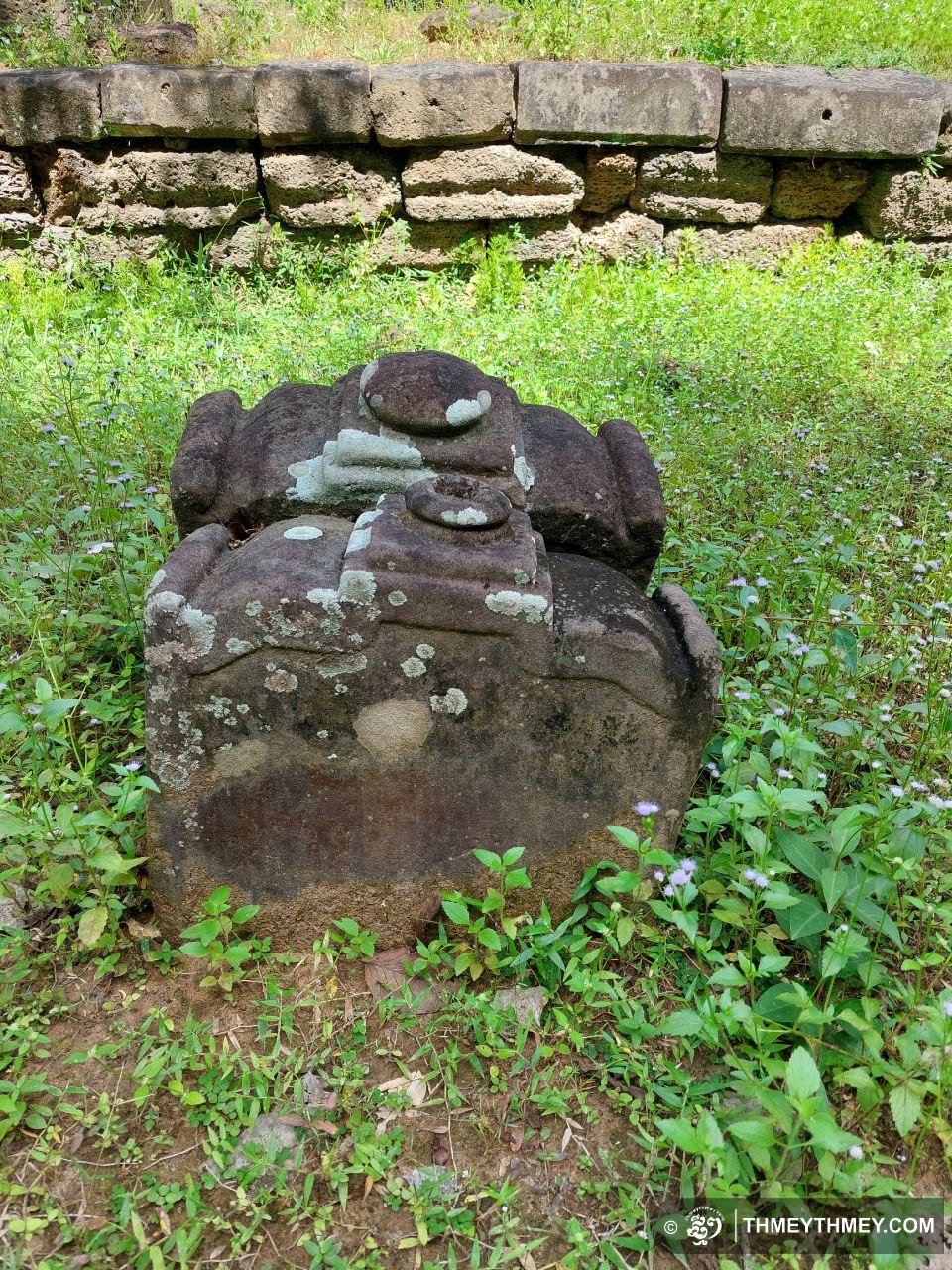
When establishing a vihara, simas must be in place in least three of the four directions before construction can start, Tara said.
For his research, he has been focusing on the study of the Sima Peam Kre and Sima Don Meas on top of Mount Kulen in Siem Reap province, which is one of the oldest sites in the country where several temples pre-dating Angkor have been located.
“These two areas have become my choice for research since they are the first evidence of the presence of sima in Cambodia,” Tara said. “This evidence also contains aspects of the Dvaravati culture.” The Dvaravati kingdom of the Mon people flourished in Southeast Asia from the 6th to the 11th centuries. However, scholarly efforts to study this area is still somewhat limited, Tara said.
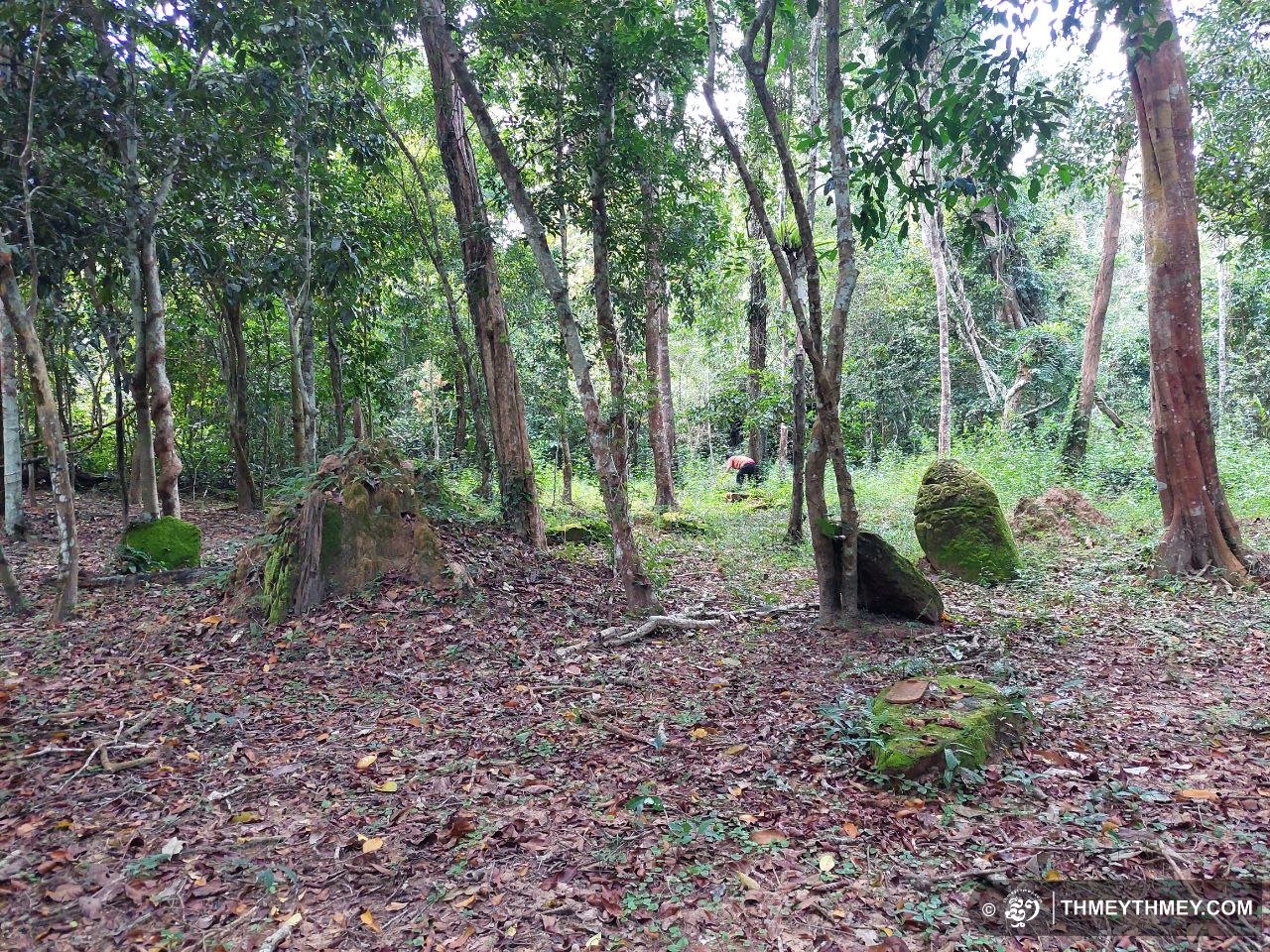
Setting up simas involves having them recognized through a religious ceremony attended by at least four monks, he explained. If a sima is made of stone, it must be at least 36 kilograms in weight. Moreover, a section of the sima must be above ground and its other section underground, Tara said.
Generally, a vihara is surrounded by simas in eight directions, four of them marking the cardinal points and the other four the sub-cardinal ones, he said. At each point, one or two simas can be installed. At times, three simas can be seen at one location.
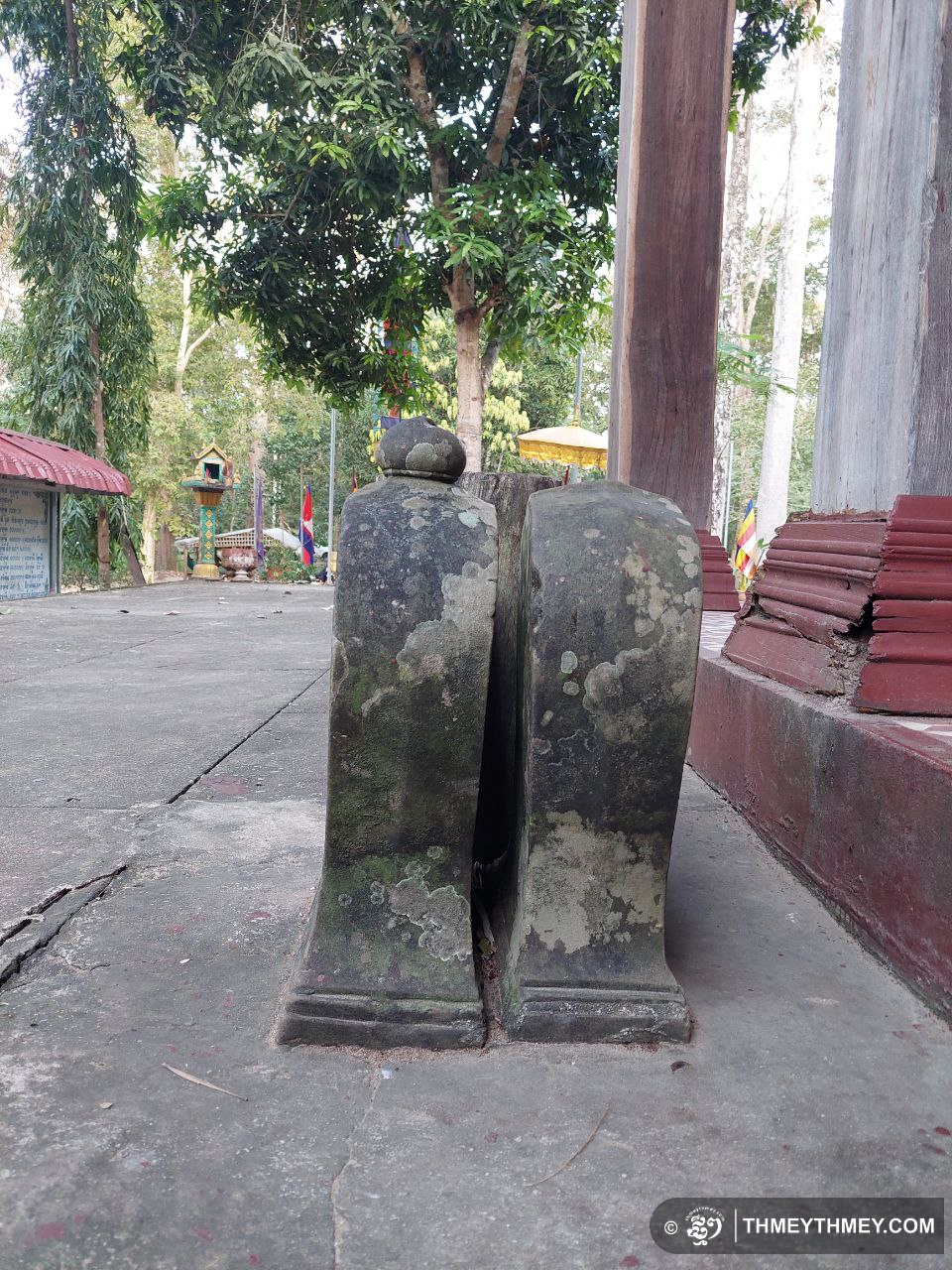
Simas can only be put in place if the vihara meets certain requirements. For instance, they can only be installed if at least 21 monks will use the premises, Tara said.
Moreover, a pagoda cannot have two functioning viharas: When a vihara is created to replace the existing one, the simas of the previous vihara must be “deactivated” through a religious ceremony, he said.
Written in Khmer for ThmeyThmey News, the article was translated by Ky Chamna for Cambodianess News.
Related articles:
Pagoda Terraces Shed Light on Post-Angkorian Time
Meet the 12 Pagodas Along the Siem Reap Stream
Opinion: The Role of Buddhist Pagodas in the Building of Cambodia’s Society







